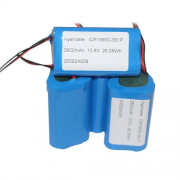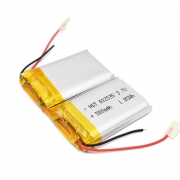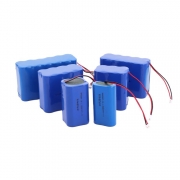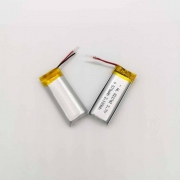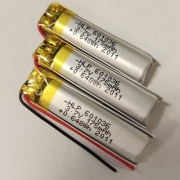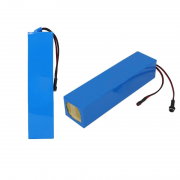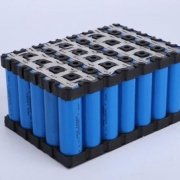How to Choose 18650 Lithium-Ion Battery With High Quality and High Safety
18650 lithium batteries are mostly used in notebook computer batteries due to their large capacity per unit density. In addition, because 18650 has very good stability at work, they are widely used in major electronic fields: commonly used in high-end strong light Flashlights, portable power supplies, wireless data transmitters, electric thermal clothing, shoes, portable instruments and meters, portable lighting equipment, portable printers, industrial instruments, medical instruments, etc.
So how to choose a high-quality 18650 lithium-ion battery? Choose the most suitable 18650 lithium battery according to our electrical equipment, such as the appropriate brand, voltage, capacity, continuous discharge rate, battery life, etc. The most important thing is to choose a battery with high safety. Below we will introduce them in detail:
1. Brand
As for brands, the most reliable ones are Sanyo, Samsung, SONY, LG and other internationally renowned brands. Sanyo and LG focus on routines, and their applications are mainly bright flashlights, power banks, and laptop batteries. SONY professional, the main power and high current. Taking VTC4 as an example, the discharge current can reach 30A, and it can easily handle electronic cigarettes, toys, etc.
2. Nominal capacity
The nominal capacity of the 18650 battery is related to the battery life. The unit is “mAh”. The higher the capacity, the stronger the battery life. For example, a 2800mAh battery can be continuously discharged for 2 hours at a current of 1.4A.
3. Continuous discharge current (CDR)
Continuous discharge capacity is expressed by C number, continuous discharge current = continuous discharge capacity C number × capacity. For example, the capacity of a 18650 battery is 2800mAh and the continuous discharge capacity is 0.5C, then the continuous discharge current = 1.4A. If the discharge exceeds 1.4A for a long time, the battery life will be seriously affected, and there may be dangers of overheating, even burning, explosion, etc. .
5. Internal resistance
The internal resistance is the resistance of the battery itself. The smaller the internal resistance, the lower the consumption and the stronger the discharge capacity. The parameter of internal resistance is usually written on the battery introduction page. You should also pay attention to it when purchasing. Try not to use it. Buy more than 100mΩ or more cells. If you use multiple 18650s in series, you must buy batteries of the same brand and type, otherwise batteries with large internal resistance and low capacity will become a short board.
6. Temperature
Temperature is a major factor affecting the life of 18650 lithium battery. The higher the temperature, the faster the battery will age, and the higher the temperature, the greater the damage to the battery.
7, pointed and flat
The 18650 lithium battery also has a flat head and a pointed head. The positive electrode on the left side has a protruding point, and the positive electrode on the right has no protrusions. It is a flat head. In general, I recommend buying pointed batteries to ensure compatibility with more devices and uses. Usually, the positive and negative poles of the flashlight are designed with springs, which can be retracted and can be used whether it is a pointed or flat battery. But if you want to use a flat head battery in series, the positive pole of the flat head cannot touch the negative pole of the other battery.
8. With and without protective plate
The pointed 18650 has a protective plate, and the flat 18650 does not have a protective plate. The 18650 lithium battery with a protective plate is a few mm higher than the 18650 lithium battery without a protective plate, and the price is slightly more expensive, but it is safer and more versatile. The 18650 lithium battery with a protective plate can prevent the battery from being over-discharged. Lithium batteries are hot, and even dangerous to burn and explode.
Among all 18,650 lithium-ion batteries, LiSOCl2 has the highest energy density and can last up to 15 to 20 years. This type of battery is particularly suitable for devices with small and relatively short supply currents. The ambient resistance of the battery is also good due to its long battery life and low self-discharge rate.


